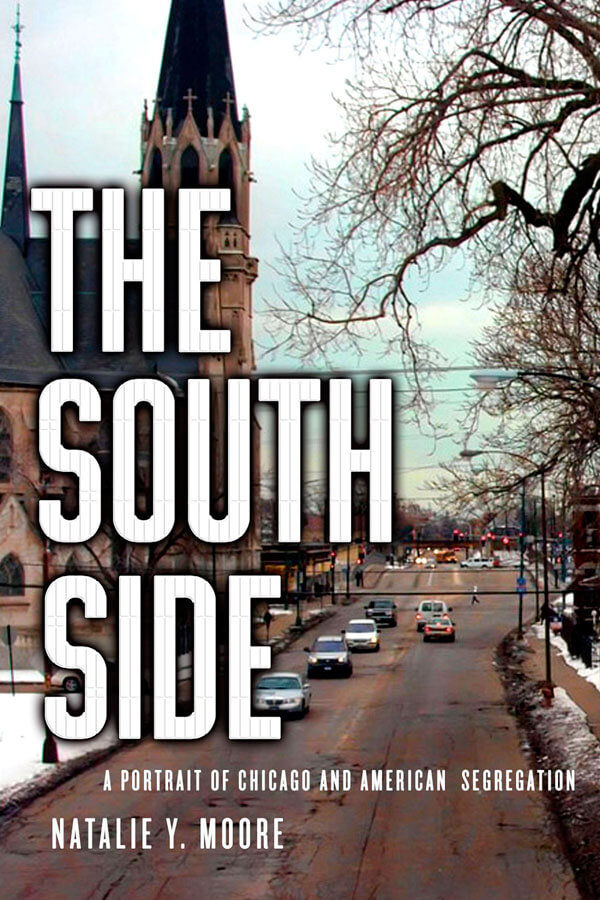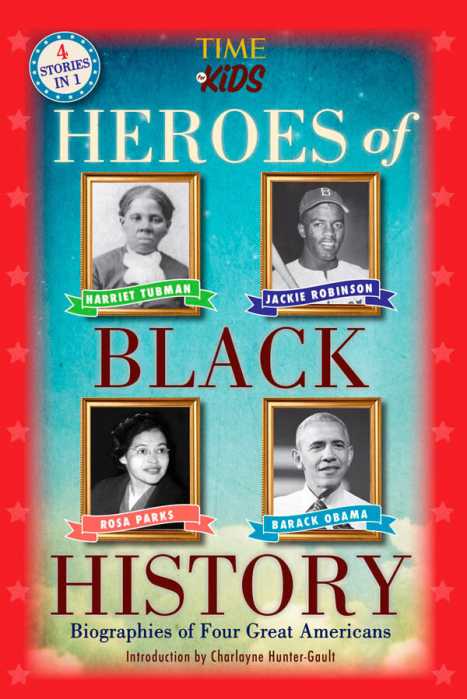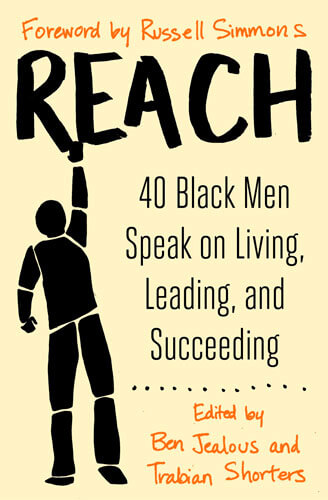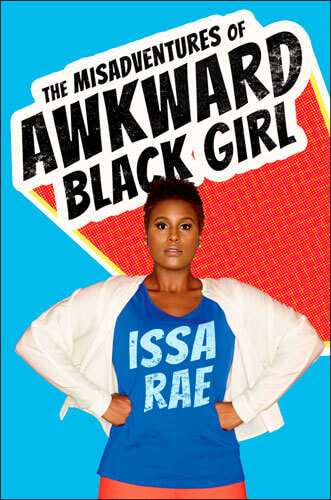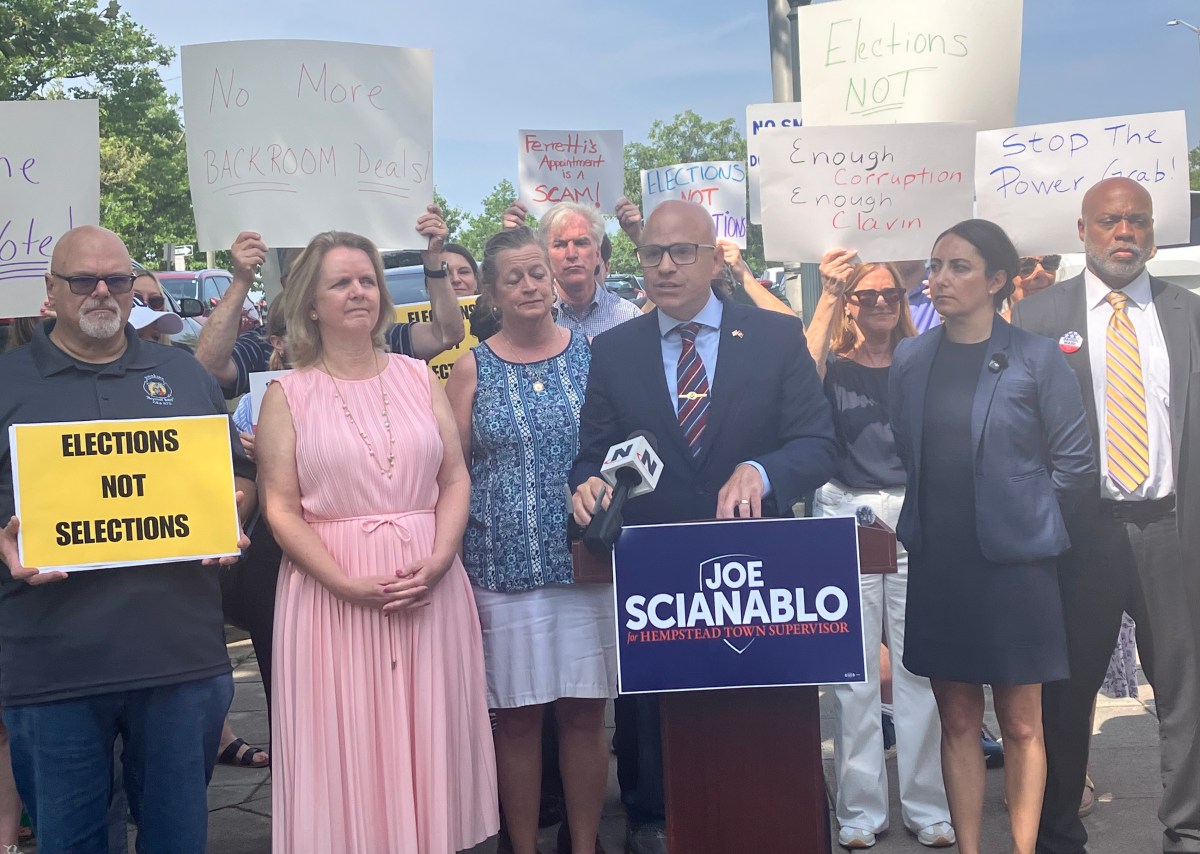“The South Side: A Portrait of Chicago and American Segregation” by Natalie Y. Moore
c.2016, St. Martin’s Press
$27.99 / $32.50 Canada
250 pages
Be it ever so humble, there’s no place like home.
Shut the door, and what’s inside is familiar and comfortable. It’s yours, and it’s where you want to be at the end of the day. Or maybe not: in “The South Side: A Portrait of Chicago and American Segregation” by Natalie Y. Moore, you’ll see how one city’s housing affects black lives.
In 1779, Jean Baptiste Point DuSable, a black man, founded what would eventually become Chicago. African Americans, therefore, lived in Chicago from the beginning but the “Great Migration” (early-twentieth-century flight from Southern racism) and a “secondary wave” (post-World War II) brought “more than 1 million” new black faces to the Windy City by the 1970s.
Almost from the start, those black Chicagoans were barred, via covenants and rules, from living in neighborhoods that were mostly white or perceived as desirable. Red-lined maps denoted areas where blacks could live, mostly on Chicago’s south side. Moore says that new residents didn’t see overt “whites only” signs in their new hometown, but “the city designed a way for blacks not to fully participate in the freedoms of the North.”
Moore’s own grandparents were part of the Great Migration, and settled in areas they grew to love. After Moore ’s parents were married, they bought a small house in a neighborhood full of middle-class black families, put their children in integrated schools, and shopped at local, black-owned businesses.
Still, then as now, “the black middle-class is not the same as white middle class.” In this book, Moore cites examples: 70 percent of Chicago ’s “food desert” population is black; retailers seem reluctant to open stores in mostly-black neighborhoods; there’s an often-unfair perception of high crime on the South Side, Chicago schools aren’t at all well-integrated, and Moore herself was victim to discriminatory lending.
And yet, she says, “Change is possible” but it won’t be easy or quick. It’s entrenched -some residents of segregated housing don’t want to leave – and it’s “a regional and a hyperlocal issue,” but it can be fixed…
It took me awhile to see “The South Side” as more than a biography with incidental facts: author Natalie Y. Moore makes the first many pages of her book so very personal that it’s somewhat hard to determine where it’s going, other than with tales – albeit, interesting ones, particularly to Chicagoans – of Moore’s family and upbringing.
Slowly, though, the reason for this book comes into focus, as does the reason why you should read it: Moore weaves her own experiences into that of black history and segregation in general. She shows how the government is involved, how segregation is mythologized, and what, more importantly, can be done to lessen it. On that note, the advice Moore offers is rather Chicago-centric, but useable nation-wide.
Exploring this book, though it’s good reading, is going to take patience; yes, it contains info you can use, but only if you endure the wandering. Only then, those with tolerance (of all kinds) may find that “The South Side” has a place on their bookshelf.



